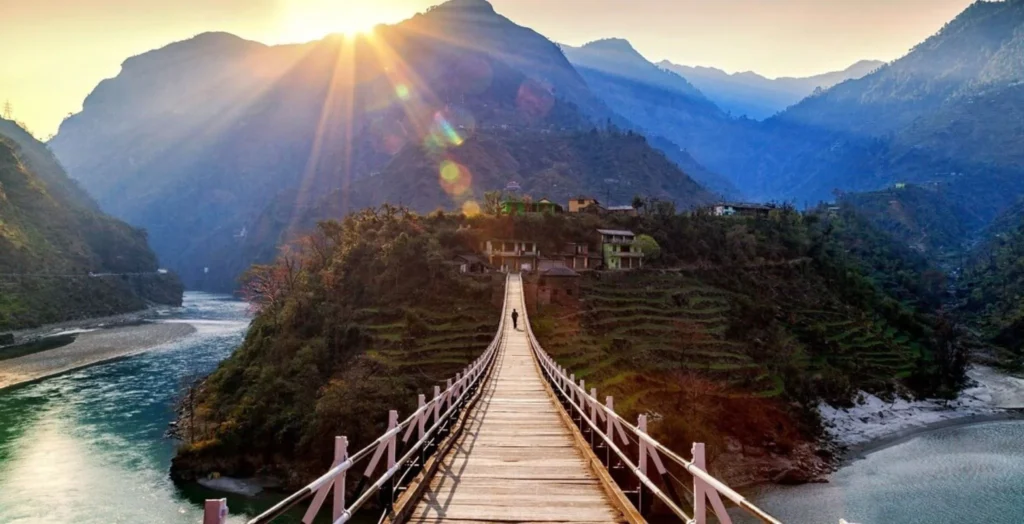Welcome to the mesmerizing world of States in North India. This region’s basket contains fruits from various trees, from snowy mountains to sandy deserts and lush green plains.
The list of awesomeness does not end here; States in North India boast many feathers in their cap.
Spanning about 1.4 million square kilometers, it stretches from Jammu and Kashmir to Uttar Pradesh and has a list of states in North India.
Technically, all these states—Jammu and Kashmir, Himachal Pradesh, Punjab, Haryana, Delhi, Rajasthan, and Uttar Pradesh—fall under the umbrella of the states in North India.
Furthermore, while Hindi is the predominant language, each region has its own dialect. Kashmiri, Rajasthani, Haryanvi, and Punjabi are also widely spoken.
Finally, the States in North India offer a rich cultural and linguistic diversity tapestry.
Delhi
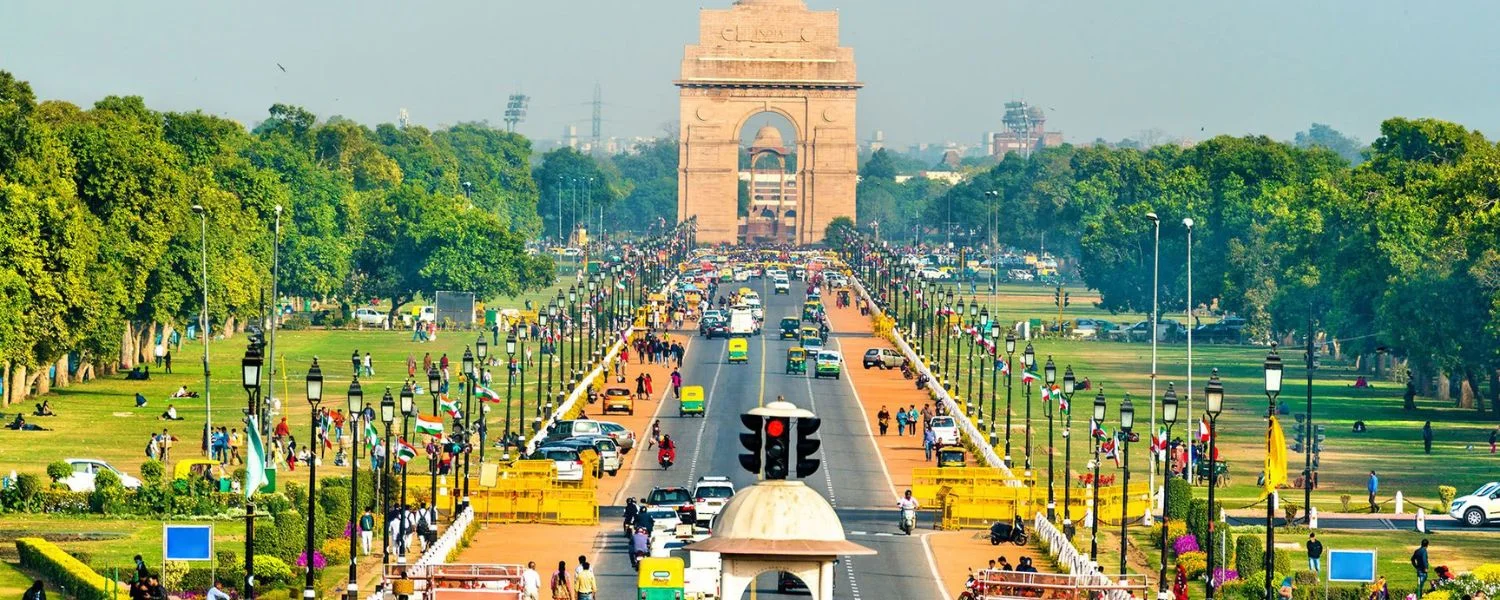
Delhi, the capital city of India, lies on the banks of the Yamuna River and spans an area of 1,483 square kilometers.
Haryana borders this bustling metropolis to the North, west, and south, and Uttar Pradesh to the east. As the largest commercial center in the States in North India, Delhi’s rich culture is deeply influenced by its significant historical past.
The old city of Delhi, encircled by a high stone wall erected in 1638, is accessible through seven arched gateways, including the Delhi Gate in the south, the Ajmeri Gate in the east, and the Kashmere Gate in the North zone of India.
Within these walls lies a maze of congested narrow streets, alleys, and bustling bazaars, showcasing some of India’s most stunning Indo-Muslim architectural features.
Delhi embodies the true essence of Indian culture, seamlessly blending traditional and modern elements.
Delhi ranks as the second-largest metropolis in India by population, with a census-recorded population of 16,787,941 in 2011.
The city has a population density of 11,297 persons per square kilometer and a sex ratio of 866 females per 1,000 males. The literacy rate stands at an impressive 86.34%.
As an international metropolis, Delhi offers a wealth of tourist spots, recreational facilities, and a history that dates back to antiquity.
Visitors can explore many attractions, making it challenging to decide where to start. Old Delhi has numerous mosques, forts, and monuments that reflect India’s Muslim heritage.
However, including the majestic Red Fort, the historical Chandni Chowk, Raj Ghat, and Shanti Vana. In contrast, New Delhi, designed by Edwin Lutyens and Herbert Baker, represents the modern aspect of the city.
Haryana

However, Haryana, a state in North India formed on November 1, 1966, is known for its fertile land, earning it the title “Green Land of India.”
Haryana surrounds Delhi on three sides, making the state landlocked. The capital city of Haryana is Chandigarh, which also serves as the capital of Punjab and other side Faridabad is the largest city in Haryana.
Further, the state covers an area of 44,212 square kilometers and is divided into two natural regions: the sub-Himalayan Terai and the Indo-Gangetic plain.
The fertile plains slope from North to south, with elevations averaging between 700 and 900 feet above sea level. The southwest region of Haryana is dry, sandy, and barren.
Haryana lacks a perennial river, but the Ghaggar River flows through the states in North India, which are fringes of the state.
The region now known as Haryana, referred to as the Madhyama Dis (middle region) during the Later Vedic Period (c. 800-500 BC), is the birthplace of Hinduism.
It was here that the first hymns of the Aryans were sung, and the earliest manuscripts were written. Urban settlements in the Ghaggar Valley date back to 3000 BC.
Around 1500 BC, Aryan tribes were the first of many groups to invade the region. However, Haryana was home to the legendary Bharata dynasty, which gave India its Hindi name Bharat.
Moreover, the epic battle between the Kauravas and Pandavas, recorded in the Mahabharata, occurred in Kurukshetra. In the 3rd century BC, the area became part of the Mauryan Empire.
It later served as a significant power base for the Mughals, with the battle of Panipat 1526 establishing Mughal rule in India.
Himachal Pradesh
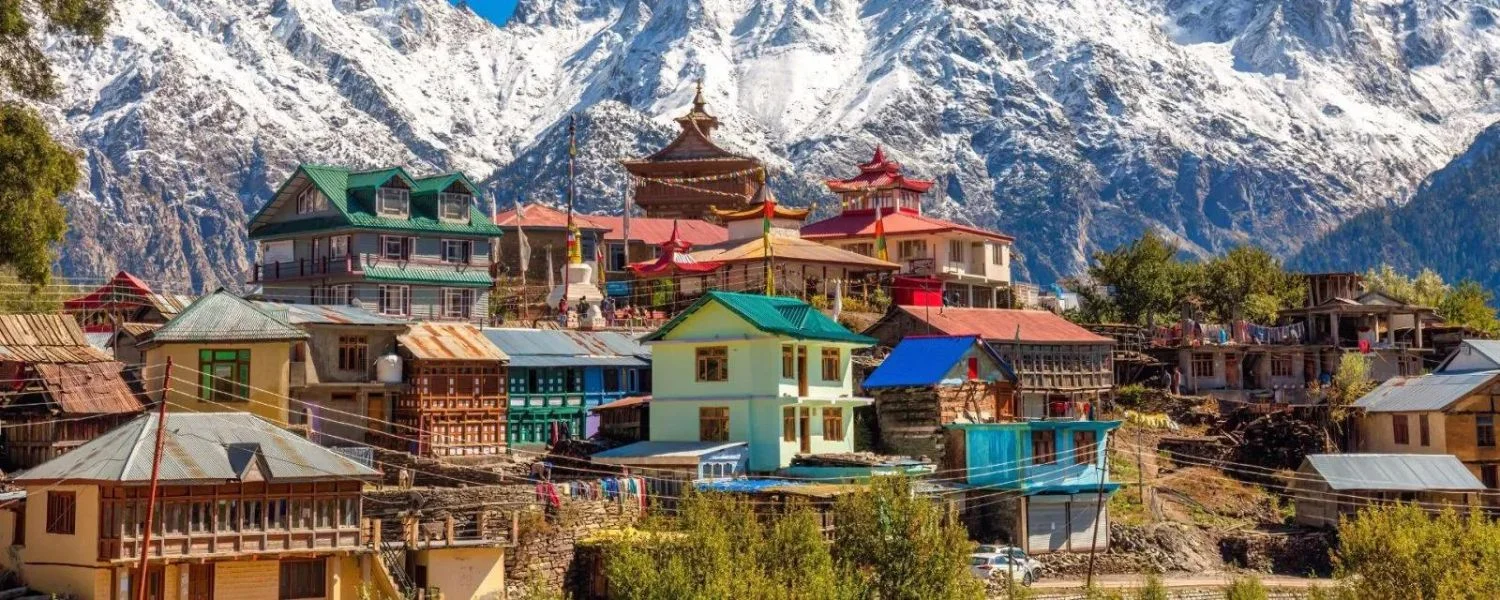
Himachal Pradesh, often called Dev Bhoomi or “Land of God,” is a picturesque state in North India. However, it shares its borders with Jammu and Kashmir to the North, Punjab to the west, Uttar Pradesh to the south, and Uttarakhand to the east.
“Himachal” translates to “the abode of snow,” reflecting the state’s stunning snowy landscapes. Shimla, the charming capital, sits amidst this natural splendor, contributing to Himachal Pradesh’s reputation as a premier tourist destination.
Covering an area of 55,673 square kilometers, Himachal Pradesh is characterized by its mountainous terrain, deep valleys, cascading waterfalls, and lush greenery.
Himachal Pradesh is divided into 12 districts, blocks, towns, and villages for administrative purposes.
The state is renowned for its low levels of corruption, making it the second least corrupt state in India. Additionally, due to its vast apple production, it is fondly known as the “State of Apples.”
The region’s rich history dates back to the Indus Valley civilization in the second and third millennium BC. Over time, various clans, including the Mongolians and Aryans, arrived.
Historical records from Indian epics suggest that Himachal Pradesh was once a collection of small republics or Janpadas. Mughal rulers like Mahmud Ghaznavi and Sikandar Lodi also influenced the area.
Hindi is widely spoken and understood across Himachal Pradesh. The Pahari language, derived from Sanskrit and Prakrit, is also prevalent, with various dialects such as Churahi, Himachali, Mandeali, and Kuluhi.
Due to the state’s proximity to Punjab, Punjabi is also commonly spoken. English is used as the medium of instruction in most schools and is prevalent among the educated elite. Other regional languages include Kangri, Dogri, and Kinnauri.
Jammu and Kashmir
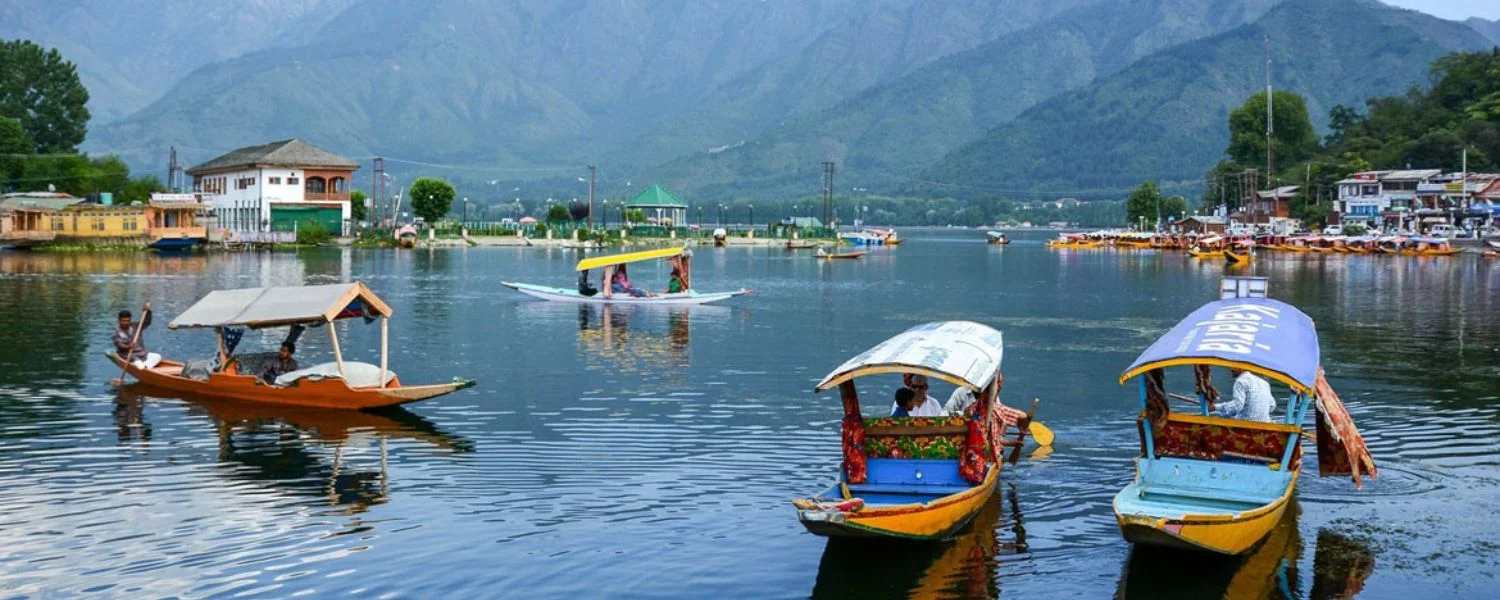
Jammu and Kashmir, a region of immense geopolitical significance and natural beauty, underwent significant changes on August 5, 2019. The former state was bifurcated into two Union Territories, Jammu & Kashmir and Ladakh, officially established on October 31, 2019.
Jammu and Kashmir, located in the northernmost part of India, borders Afghanistan and China to the North, China to the east, Himachal Pradesh and Punjab to the south, and Pakistan’s Northwest Frontier Province and Punjab Province to the west.
Covering an area of 222,236 square kilometers, this region comprises diverse landscapes: the foothill plains of Jammu, the serene lakes and valleys of Kashmir, and the high-altitude plains and stark mountains of Ladakh.
The Indus River flows through Kashmir, while the Jhelum River originates in the States of North India, part of the territory. It explores the Hidden Gems in North India.
Jammu and Kashmir is a linguistic mosaic. The main languages spoken include Kashmiri, Urdu, Pahari, Dogri, Balti, Gojri, Ladakhi, Shina, and Pashto. Urdu, written in the Persian script, is the region’s official language.
Uttarakhand
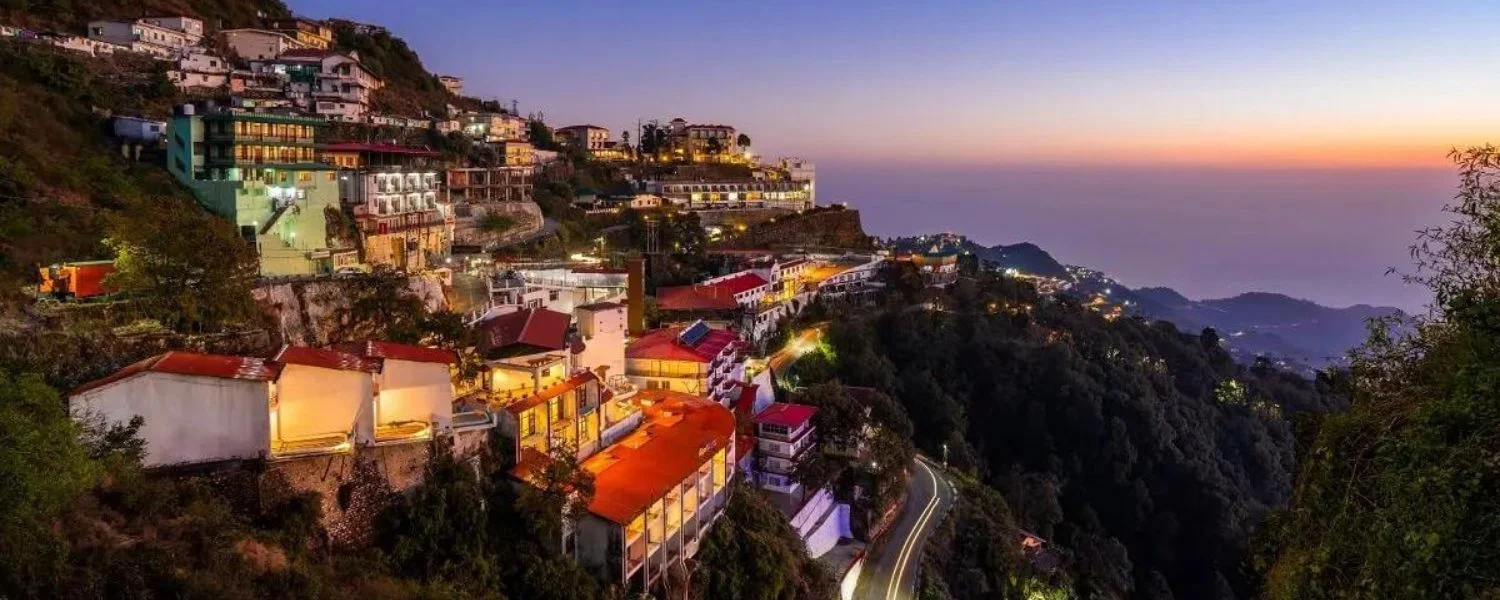
However, Uttarakhand, often called the ‘Land of Gods’ or ‘Dev Bhumi,’ stands out in Northern India for its religious significance and natural beauty.
Uttarakhand, formerly known as Uttaranchal, arose from the districts of Uttar Pradesh and a segment of the Himalayan range in North India in 2007.
Tibet borders the state to the North, Nepal to the east, Himachal Pradesh to the west, and the plains of Uttar Pradesh to the south.
The capital city, Dehradun, is the largest in the state and lies approximately 240 km from India’s capital, New Delhi. The High Court is located in Nainital.
Uttarakhand boasts scenic landscapes, including the Himalayas, the Terai, and the Bhabhar regions. The state is also famous for its vibrant handicrafts and handloom industries and is the birthplace of the Chipko Movement, an environmental conservation initiative.
Historically, Uttarakhand has a rich heritage, with references in various Hindu scriptures. The history of Uttarakhand divides into the histories of its two central regions, Garhwal and Kumaon.
Several empires have influenced these areas, including the Kushanas, Kanishka, Samudragupta, and Chandras; as of the 2011 census, Uttarakhand had a population of 10,086,292, with a growth rate of 19.17% since the previous census.
The state has a population density of 189 people per square kilometer and a literacy rate of 79.63%. There are 13 districts in Uttarakhand, including Pithoragarh, Almora, Nainital, and Haridwar.
Punjab
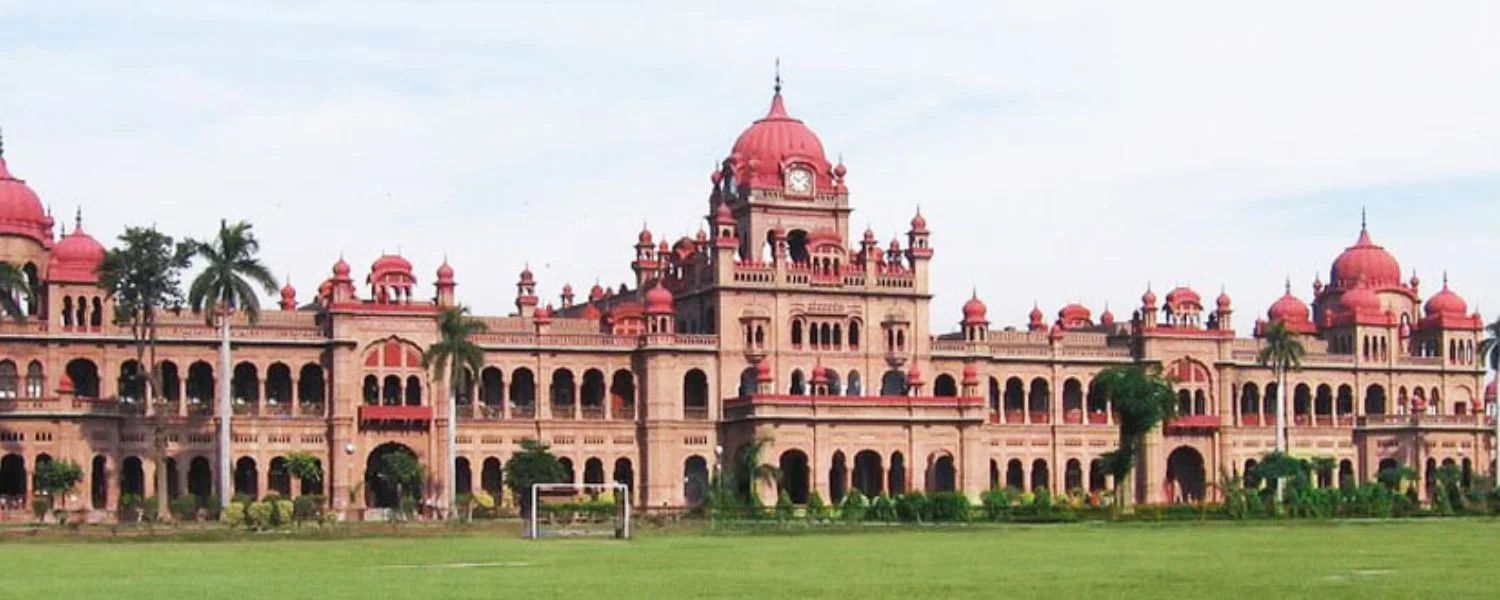
Punjab, known as the ‘Land of Five Rivers,’ is another prominent State in North India. The rivers Sutlej, Ravi, Beas, Chenab, and Jhelum define the region as a boundary between India and Pakistan.
Significant cities in Punjab include Ludhiana, Amritsar, Jalandhar, and Patiala, with Chandigarh serving as the joint administrative capital of both Punjab and Haryana.
The state is primarily agricultural, benefiting from fertile soil and abundant water resources. However, Punjab shares its borders with Jammu and Kashmir to the North, Himachal Pradesh to the east, Haryana and Rajasthan to the south, and Pakistan to the west.
Historically, Punjab was part of the Indus Valley Civilization, with cities like Harappa and Mohenjodaro.
Ancient texts like the Mahabharata mention the region, and its strategic location has influenced numerous invasions and cultural shifts over time.
Punjab’s rich cultural tapestry includes influences from Buddhist, British, Sikh, Hindu, Afghan, and Islamic traditions. During the partition of India, the state faced significant impacts, with substantial violence and population displacement affecting it deeply.
As of the 2011 census, Punjab had a population of 27,743,338. The Sikh community, primarily Jat Sikhs, comprises over sixty percent of the population.
Other communities include Hindus, Muslims, Christians, and Jains. The state has experienced a declining sex ratio over the past two decades.
Uttar Pradesh
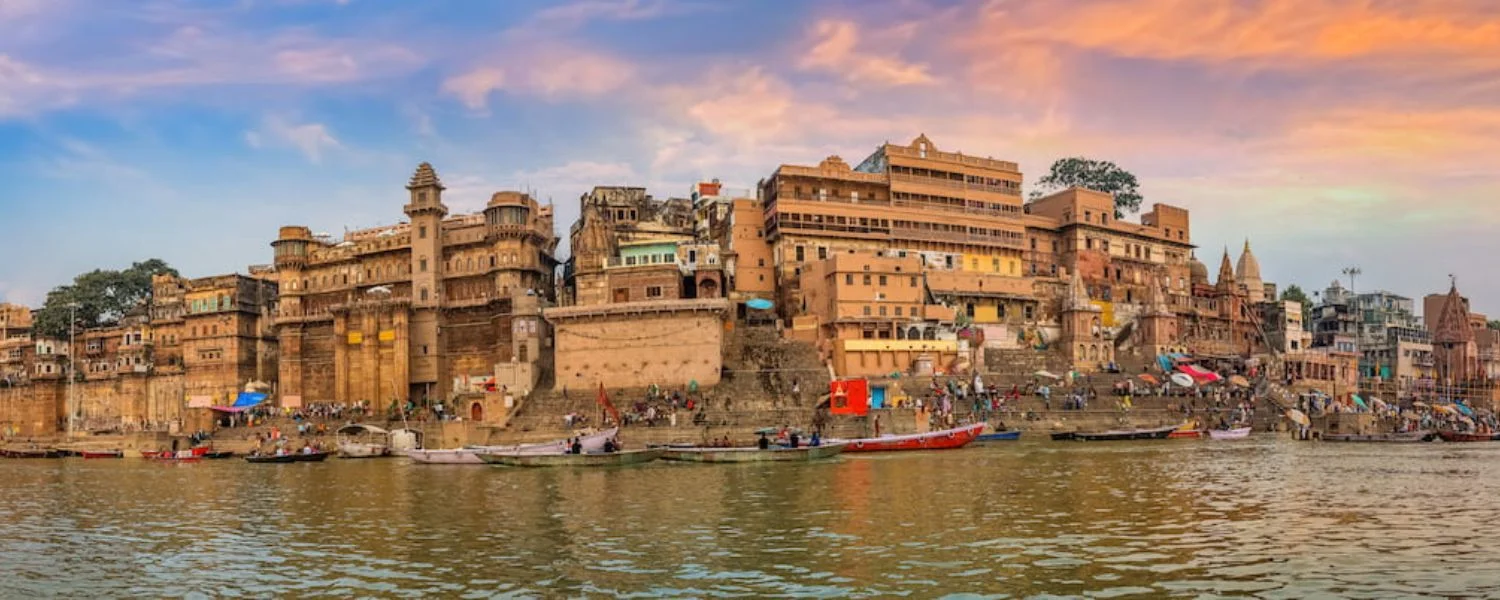
Uttar Pradesh, literally translated as “Northern Province,” is a prominent State in North India. The state’s capital is Lucknow, while Kanpur is its economic and industrial hub.
Uttar Pradesh shares its borders with Nepal and Uttarakhand to the North, Delhi, and Haryana to the northwest, Rajasthan to the west, Madhya Pradesh to the southwest, Bihar to the east, and Jharkhand to the southeast.
Uttar Pradesh spans an area of 240,928 square kilometers, divided into 75 districts. According to the 2011 census, it houses over 199 million people, making it India’s most populous state.
Uttar Pradesh is rich in historical and cultural heritage, with numerous tourist destinations such as the Taj Mahal in Agra, the holy city of Varanasi, the ancient town of Kaushambi, and the serene Kushinagar.
The state also boasts other significant sites like Chitrakoot, Lucknow, Jhansi, Meerut, Allahabad (Prayagraj), and Mathura.
The history of Uttar Pradesh dates back to the Aryan period, when the region, known as “Madhyadesh,” began to see the establishment of settlements.
Many kingdoms, including the Magadha, Nanda, and Maurya dynasties, have ruled it throughout history. Notably, Lord Buddha delivered his first sermon in Sarnath, near Varanasi, marking the advent of Buddhism in the region.
Uttar Pradesh earns the moniker “Hindi heartland of India” because it contributes significantly to Hindi literature and North Indian culture.
The Vedic texts, the oldest layer of Sanskrit literature and Hindu scriptures, originated here. In 1951, Uttar Pradesh declared Hindi as the official language, and in 1989, an amendment recognized Urdu as another native language.
Other local languages include Awadhi, Braj Bhasha, Bundeli, Kannauji, and Khariboli.
Rajasthan

However, Rajasthan, the largest state in India, is located in the North Indian part of the country. Further, it covers an area of 342,239 square kilometers, accounting for 10.4% of India’s total geographical area.
With a population of 68.5 million per the 2011 census, Rajasthan ranks seventh among Indian states. The state comprises 33 districts, with Jaipur serving as the capital.
Punjab borders Rajasthan to the North, Haryana and Uttar Pradesh to the northeast, Madhya Pradesh to the southeast, and Gujarat to the southwest.
Its western border touches the Pakistani provinces of Punjab and Sindh along the Sutlej-Indus river valley.
The state’s rich history and cultural heritage attract tourists with magnificent forts, opulent havelis, and intricately carved temples.
Notable attractions include the Jantar Mantar observatory in Jaipur, Mehrangarh Fort and Stepwell in Jodhpur, the Dilwara Temples near Mount Abu, the Chittorgarh Fort, and the Lake Palace in Udaipur.
Jaipur, known as the Pink City, boasts historic buildings constructed from pink sandstone.
Rajasthan is also home to several prominent Jain temples such as the Ranakpur Temple, Lodurva Jain temples, Mirpur Jain Temple, Sarun Mata Temple in Kotputli, Bhandasar, and the Karni Mata Temple in Bikaner.
In Rajasthan, Hindi serves as the official language and remains the most widely spoken language. Other languages commonly spoken in the state include Bhili, Punjabi, Urdu, Sindhi, and Gujarati.
Ladakh
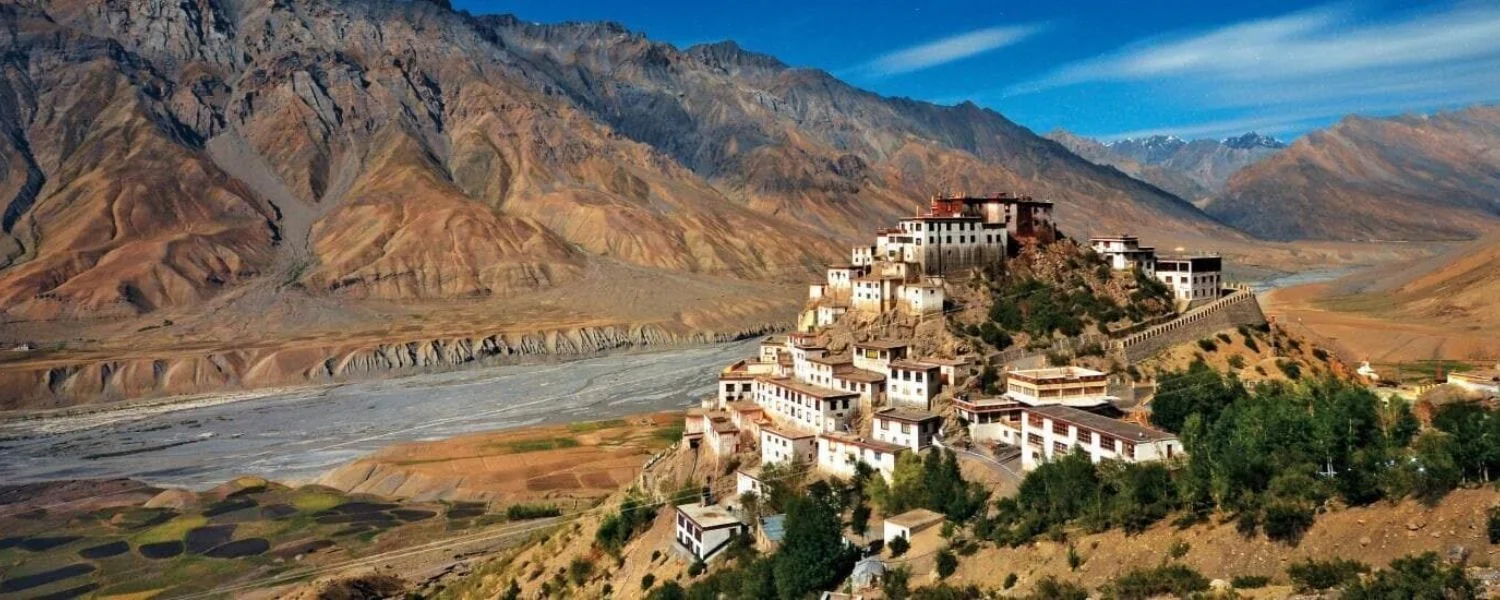
Ladakh, born from the former state of Jammu and Kashmir, became a separate Union Territory on October 31, 2019.
This significant change followed the Union government’s decision to for the special status of Jammu and Kashmir on August 5, 2019, and to scrap Article 370.
The Jammu and Kashmir Reorganisation Bill, introduced by Union Home Minister Amit Shah, led to the split of the state into two Union Territories: Jammu & Kashmir and Ladakh.
The Jammu and Kashmir High Court governs Ladakh’s police force, with a Director General of Police at its helm. The Union Public Service Commission will recruit officers for Ladakh, and the territory will receive direct funding from the central government.
However, the Ministry of Home Affairs controls the police system, while officials receive salaries according to the seventh pay commission.
The central government administers Ladakh through the Lieutenant Governor, with Radha Krishna Mathur serving as the first Lieutenant Governor.
This new administrative structure aims to enhance governance and development in this remote region, known for its stunning landscapes and strategic importance.
Chandigarh
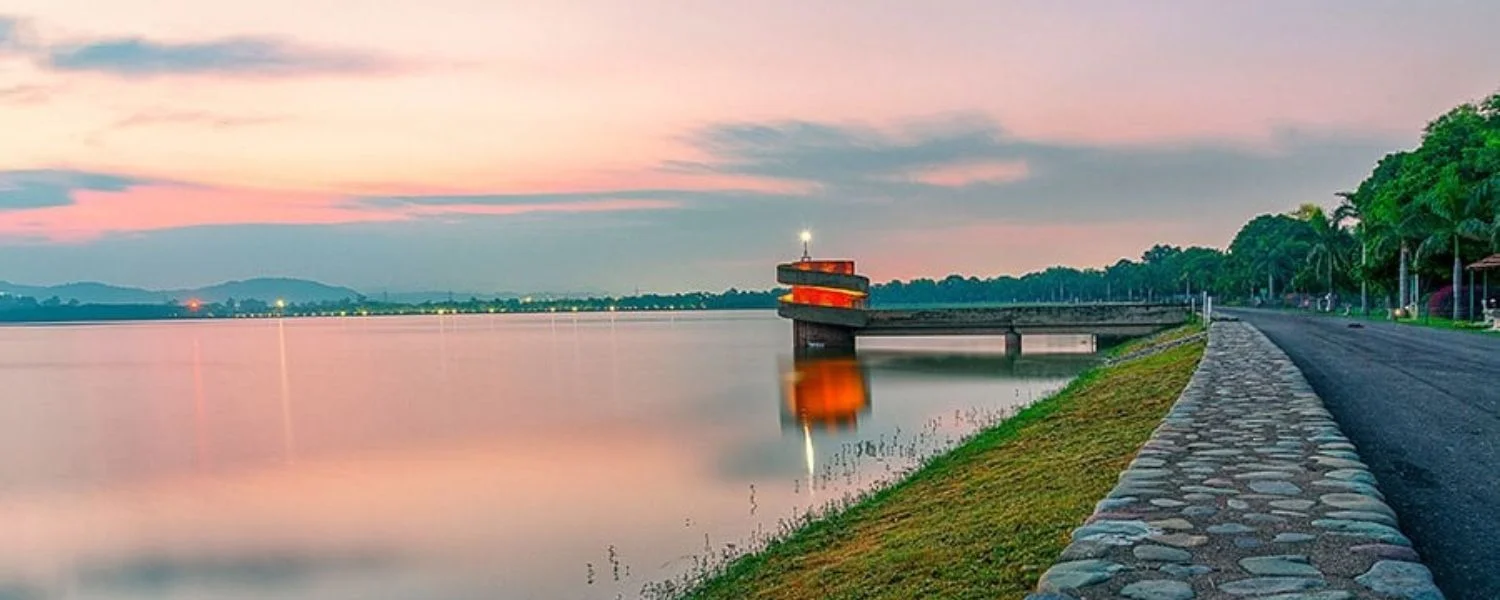
Chandigarh, a well-planned and prestigious city, serves as the capital of both Punjab and Haryana. Known for its quality of life, it is an exemplary blend of modernization and nature preservation, with numerous trees and plants integrated into its urban design.
Recognized as one of the cleanest cities in India, Chandigarh only permits non-polluting industries, ensuring fresh and pollution-free air.
Established on November 1, 1966, Chandigarh quickly became a significant city in the States in North India due to its meticulous planning and architecture, making it a central tourist hub.
After independence in 1947, the city became part of the newly formed East Punjab, filling the void left when Lahore became part of Pakistan, thus necessitating its development.
Chandigarh sits at the foothills of the Shivalik range due to its favorable climatic conditions, military security, and water availability.
Its multicultural population fosters a multilingual atmosphere, with Punjabi as the official language and widespread use of Hindi and English.
Government offices predominantly use English, and people speak Haryanvi due to its status as the capital of Haryana. This linguistic diversity reflects Chandigarh’s rich cultural tapestry, enhancing its appeal as a modern city of States in North India.
Conclusion
The States in North India present a vibrant tapestry of cultural diversity, historical richness, and geographical splendor.
Moreover, from the bustling streets of Delhi to the serene landscapes of Himachal Pradesh and the spiritual aura of Uttar Pradesh, each state offers a unique blend of traditions and modernity.
Furthermore, regions like Punjab and Rajasthan showcase rich historical narratives and architectural marvels. Moreover, the linguistic variety—from Hindi and Punjabi to Kashmiri and Urdu—adds to the cultural mosaic.
Exploring the States in North India is a journey through time and history and an immersion into a world of diverse customs, languages, and landscapes, moroever making it a captivating places for travelers and cultural enthusiasts alike.
FAQ
Q. Is Delhi in North or South India?
A. Delhi is located in northern India, at 28.61°N 77.23°E. Haryana borders it to the North, west, and south, and Uttar Pradesh to the east. The Yamuna flood plains and the Delhi ridge are two prominent geographical features.
Q. Why is Sikkim called brother?
A. Sikkim, a landlocked state bordering Nepal, China, Bhutan, and West Bengal, is not contiguous with the other seven northeastern states. Hence, it earns the title of the only brother among the seven sisters.
Q. Which states are called the seven sisters?
A. The Seven Sister States include Arunachal Pradesh, Assam, Meghalaya, Manipur, Mizoram, Nagaland, and Tripura. In addition, people often associate Sikkim with these states.
Q. Is Delhi a northern state?
A. Yes, Delhi is considered a northern state. Finally, as a union territory, it is crucial because it serves as India’s capital and administrative center.
